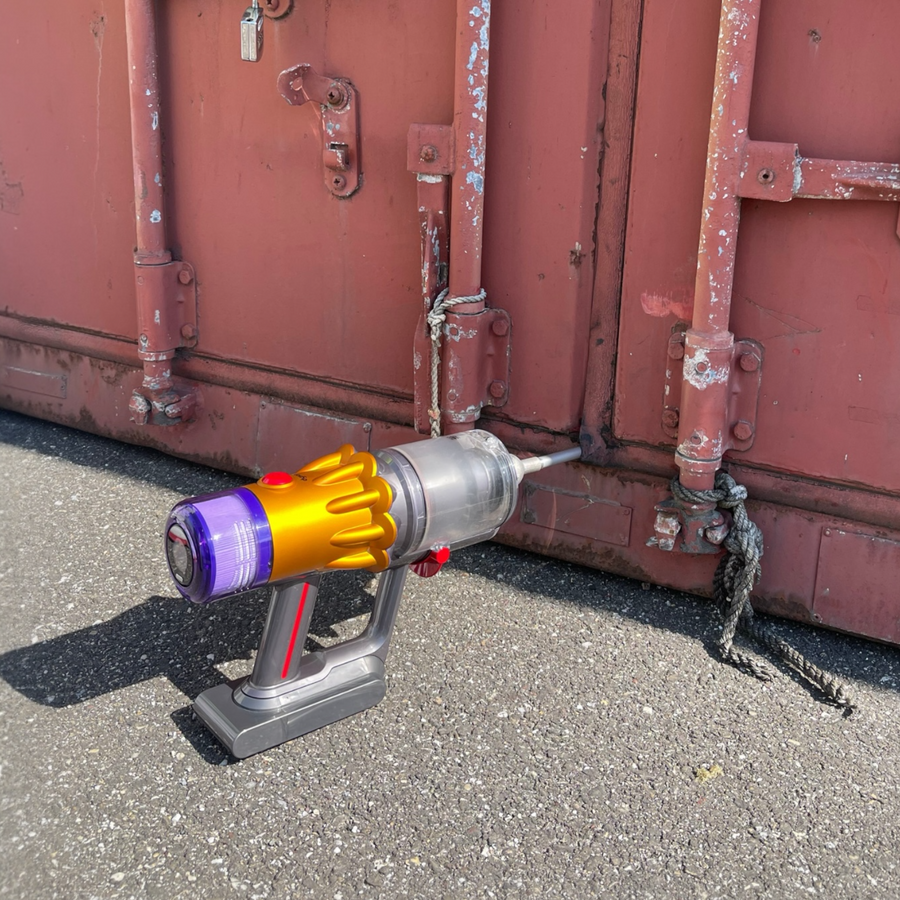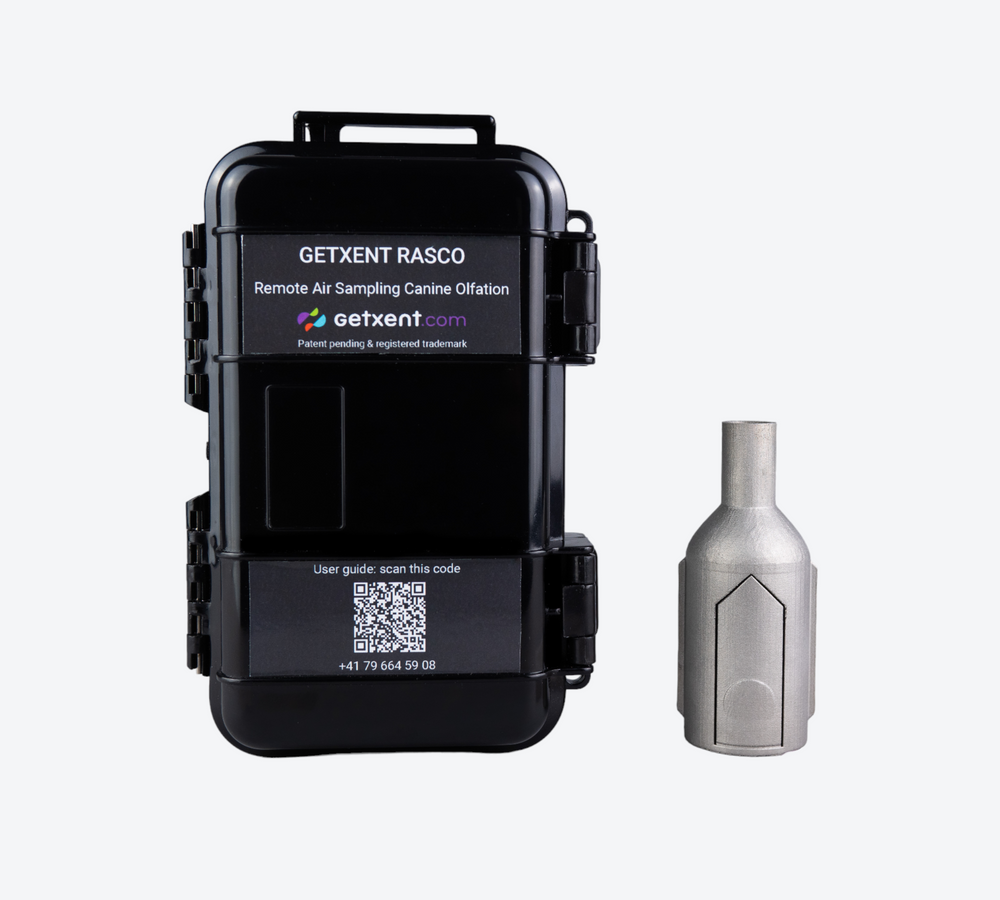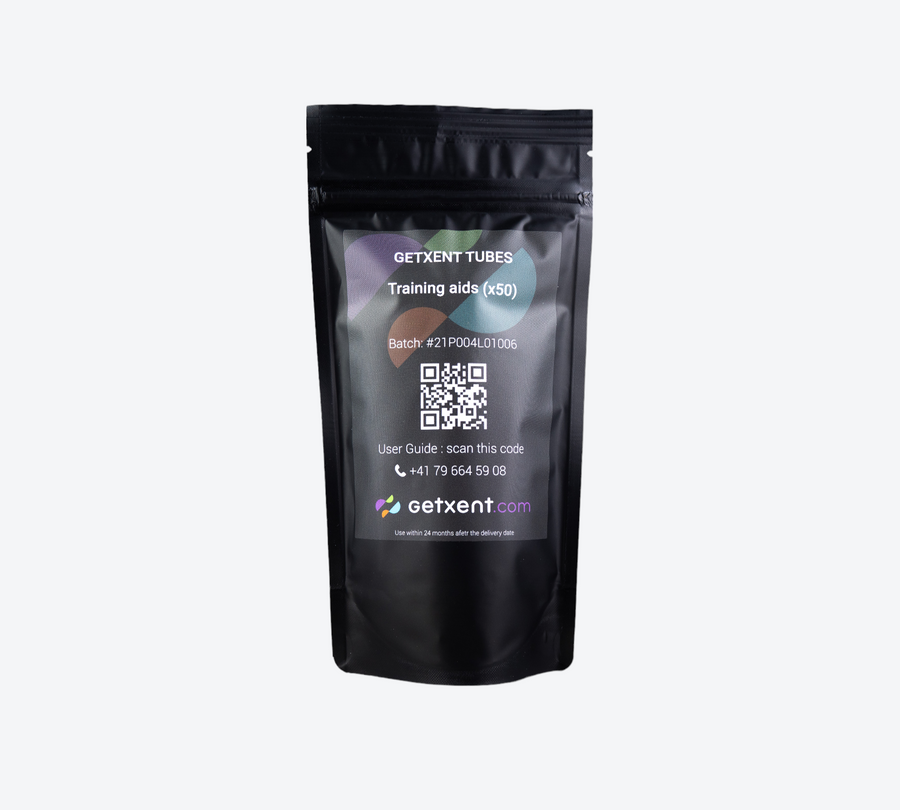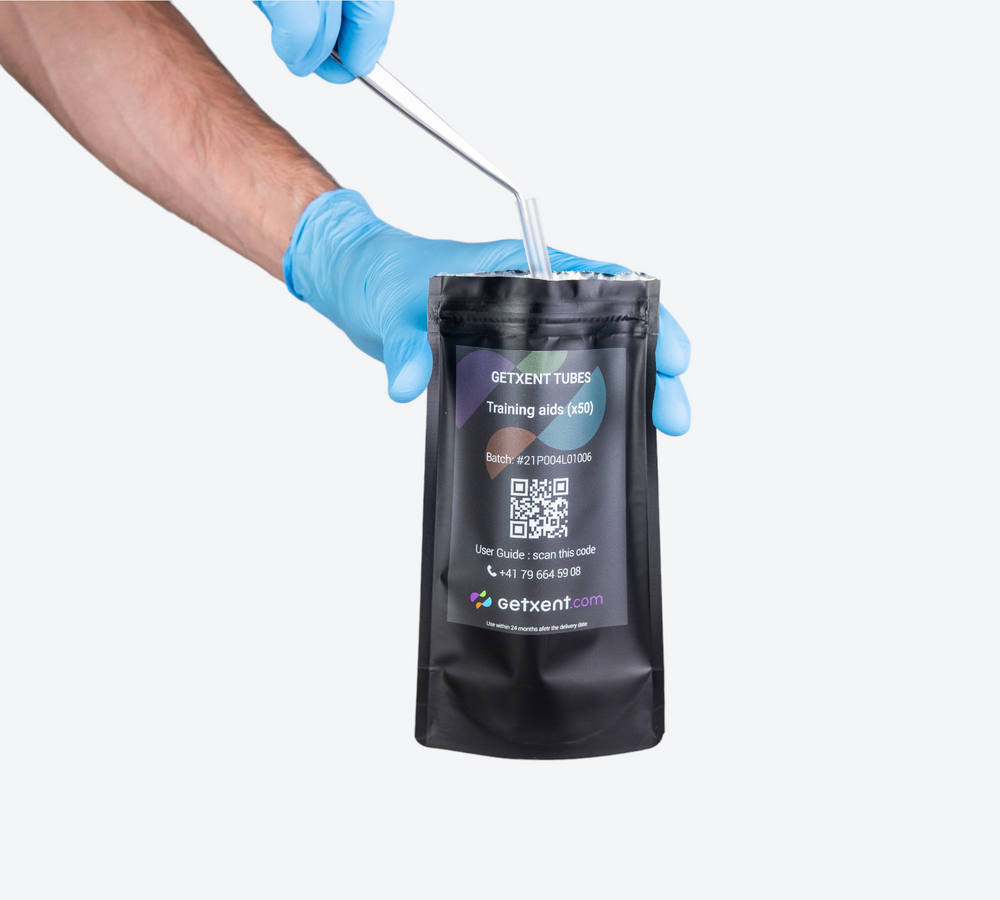Newsletter - October 2022
Editorial - Gregory Herin (CEO)
“In this first issue of the Getxent Newsletter, we would like to share our vision at Getxent one more time.”

We strive every day to design a better future thanks to canine detection. We strongly believe that we cannot achieve this vision without you. All the industry must work together with the same goal: enhance the K9 detection.
It is why, at Getxent, we have decided since the beginning to work with all of you: dog handlers, dog trainers, scientists, field technicians, veterinarians but also associations, security service providers, hospitals, and governments.
Following our success with COVID-19 detection, we have also invested in analytical instruments like Gas Chromatography coupled Mass Spectroscopy and more recently Thermo-Gravimetric Analysis. Indeed, we understood that we had to bring data on the table for convincing decision makers to choose dog detection.
I would like to finish this editorial by sharing this excerpt from Real-Time Detection of a Virus Using Detection Dogs (1) highlighting the amazing capabilities of detection dogs. It summarizes the reasons why we are doing our best in our day to day job.
“The highly sensitive canine olfactory sensory system can detect some target substances at concentrations as low as parts per trillion (1), three orders of magnitude more sensitive than available instruments which reliably identify substances at concentrations of parts per million or billion. Canine detection systems are inherently mobile and can trace an odor to its source. To be comparable to the detection ability of dogs, a detection system would need to be :
-
extraordinarily sensitive
-
mobile
-
able to move toward a target source
No currently available system meets those criteria.”
(1) Angle T. Craig, Passler Thomas, Waggoner Paul L., Fischer Terrence D., Rogers Bart, Galik Patricia K., Maxwell Herris S. Real-Time Detection of a Virus Using Detection Dogs. Frontiers in Veterinary Science volume 2 (2016) 2297-1769. doi: 10.3389/fvets.2015.00079
Website update
Our website got itself a fresh new look for the start of this new school year!
WHAT’S NEW?
📲 Better mobile responsiveness
🆕 Two brand new sections
🎨 Redesign of some pages
🔧 Resolution of a few bugs
What do you think? Tell us your thoughts!
| Visit Getxent website |
Gregory in K9 Conservationists podcast!
Our co-founder and CEO Gregory Herin was invited by K9 Conservationists Podcast to talk about Getxent tubes.
Are Getxent tubes too good to be true?
How do they capture odor?
Can you put them in the field without contaminating them? How?
Gregory answered all these questions and more on this new episode!
| Listen to the podcast |
Tegan Murrell study : our insight
Following the issue of the student study “The Nose Knows; Chemical Scent Detection By a Protected Species Conservation Dog” by Tegan Murrell, the Getxent team wanted to bring more insights.
Indeed, part of this study was to evaluate the ability of Getxent tubes to be used as training aids for frog detection.
| Read the study review |
Oklahoma State University : scientific publication about non-hazardous TATP training aids

A study about non-hazardous TATP training aids from the Oklahoma State University (financed by the FBI) shows clearly all the benefits of Getxent tubes.
The main outcomes :
-
Blank Getxent tube is the cleanest training aid
-
Getxent tube release only the TATP odor
-
Getxent tube TATP odor release is considered constant over time, especially in the first hours of continuous use
-
TATP odor concentration increases with Getxent tube impregnation time
-
Getxent tube can last at least 3 weeks in continuous use
-
The TATP impregnated Getxent tubes still have odor in it after 6 months of storage
| Read the study |









